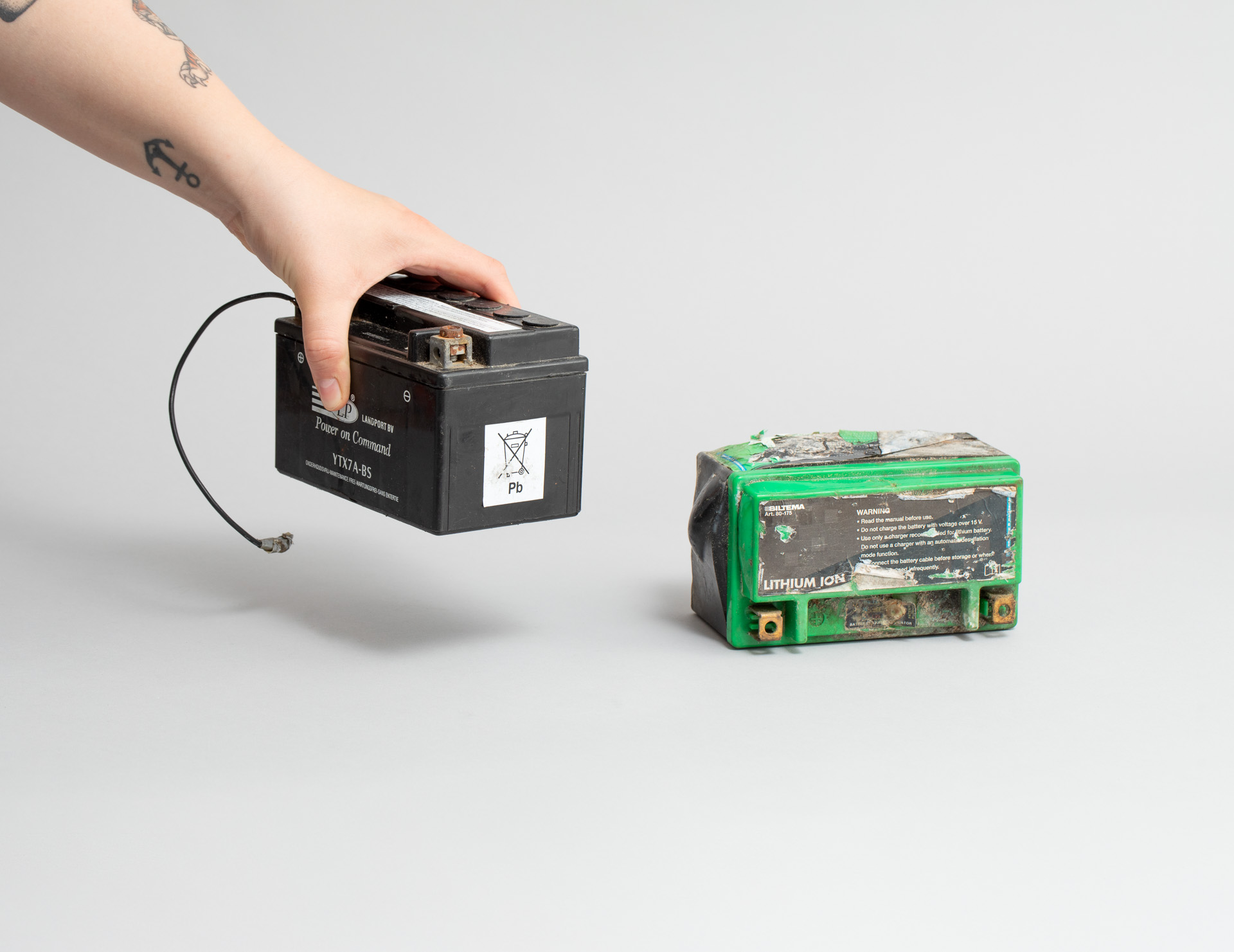The EU Batteries Regulation brings new labelling requirements for the batteries released onto the market. The aim of the new labelling is to promote the collection and recycling of batteries.
The new EU Batteries Regulation will, most likely, require new kinds of labelling on batteries placed on the market. The regulation, which is still being drafted, proposes new safety and recyclability labelling for batteries.
The new labelling is particularly useful for consumers, as it will be easier to find out about the features of the batteries they use. Sufficient labelling should also make recycling easier.
Seppo Niemi, senior officer on electrical products at Tukes, comments that there are already strict requirements for batteries and their labelling on the EU market.
“Labelling requirements and precise transport regulations ensure that the batteries are as safe as possible to use. Currently, information on the capacity and manufacturer is required for batteries, but recycling-related labelling is already becoming more common. In the future, these will be highlighted even more,” describes Seppo Niemi.
Niemi adds that the labelling requirements would include information that a large proportion of battery manufacturers are already documenting, before the regulation has entered into force.
More data on batteries
The regulation draft proposes that, from 2027 onwards, the labelling of batteries should indicate not only the main features of the battery, but also the battery’s service life, charging capacity, separate collection requirement, hazardous materials and safety risks. The battery information should be accessible via a QR code printed or engraved on the battery.
In addition, the regulation requires a digital battery management system for rechargeable industrial batteries and electric vehicle batteries. From the beginning of 2026, each battery should also have a unique, electronic battery passport with basic information on each battery type and model.
The regulation will create additional work for supervisory authorities across Europe.
The regulation draft and the transitional phases of the different requirements vary, so it is not yet known what the new regulation will mean for the workload of Tukes.
“In the end, the reform is a good thing, although it does create additional work for us as well. Some even more ambitious aspirations have been voiced, so the situation may still change. However, Tukes has a good, long transition period for this regulation draft,” Seppo Niemi says.
A good level of production safety has been achieved
Tukes is responsible for ensuring that the products placed on the Finnish market are safe and appropriate to the intended use. Tukes carries out random spot checks on accumulators and batteries sold separately and batteries included in electrical devices, and they very rarely find any defective products.
“Indeed, a good level of production safety has been achieved for batteries,” states Seppo Niemi.
“We will target testing if, for example, particularly cheap products or brands enter the market and there are previously identified problems with their manufacturers. But most of the products on the market seem to be OK, and we have not seen anything too dramatic,” Niemi says.
Consumers also report defective products to Tukes from time to time, but these are usually isolated cases. Lastly, Seppo Niemi notes that adhering to the instruction manual for the electrical devices is of paramount importance.
“When the batteries are handled according to the manufacturer’s instructions, it reduces the risks. For example, indoor devices should not be taken out to the rain. Fortunately, there are relatively few potential dangers given how many batteries there are in the world,” Seppo Niemi comments.
